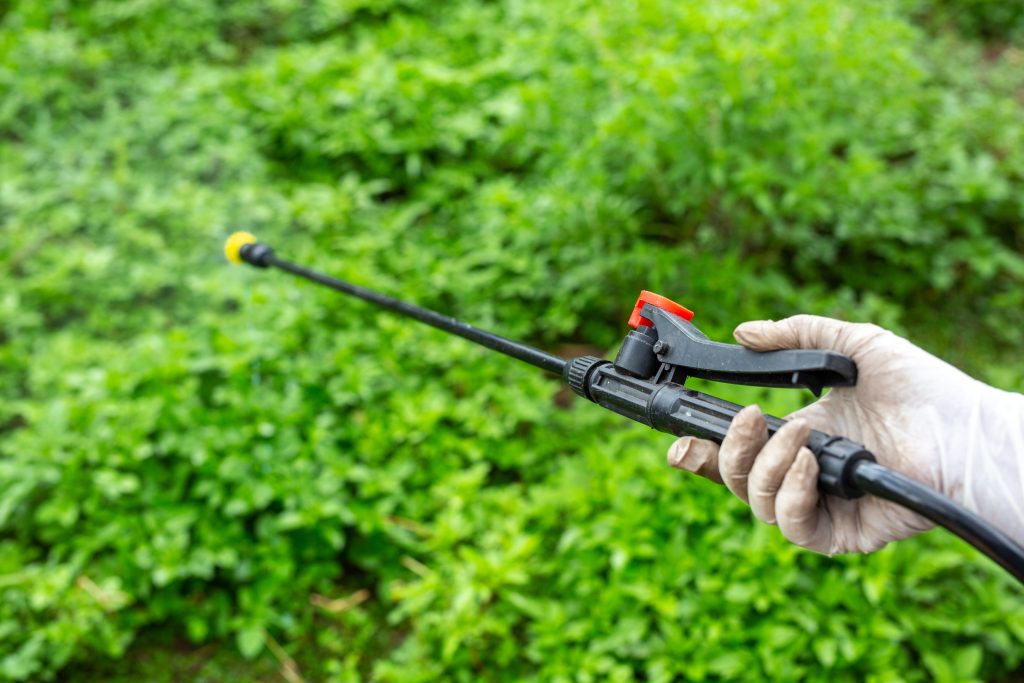Farmers and agricultural enthusiasts are looking for sustainable and environmentally acceptable alternatives to pesticides as a result of the alarming growth in pesticide resistance and environmental concerns. Organic farming, which emphasizes biological management and natural approaches, provides a practical answer to this problem. Farmers may control pests by implementing specialized agricultural techniques without sacrificing the health of the ecosystem or the quality of their output. In this article, we’ll examine nine farming techniques that have been shown to be effective at pest control in farming while fostering a wholesome, long-term agricultural system.
Let’s take a look at some of the best agricultural practices that are effective in controlling pests in farming. Additionally, these practices will help farmers to preserve the environment and the health of the ecosystem.
9 Cultivation practices to control pests
Crop Rotation
In organic farming, various crops are produced in succession on the same plot of land as part of a practice known as crop rotation. By disrupting the lifecycle of pests that are unique to particular crops, this practice helps to lower their number. Rotating crops from other botanical groups can also reduce the growth of infections and illnesses that are spread through the soil. Crop rotation can help preserve soil fertility, break up insect life cycles, and grow better plants.
Intercropping and Companion Planting
While companion planting purposefully places particular crops next to one another to benefit from one another, intercropping entails growing several crops adjacent to one another. By disguising the target crops and luring natural predators that feed on those pests, this practice can confuse pests. For instance, putting basil close to cabbage can help ward against pests like cabbage moths, while planting marigolds next to tomatoes can prevent nematodes.
Trap Crops
Trap crops are sacrificial plants that are cultivated to draw pests away from the primary crops and keep them away. Certain pests are particularly drawn to these crops, which deters them from the main farmed plants. Farmers may safeguard their key crops without using chemical pesticides by managing the insect population in this way. Planting radishes to entice flea insects away from priceless crops like potatoes is a typical illustration of a trap crop.
Beneficial Insects and Birds
It may be quite successful to introduce beneficial insects and birds that prey on pests as a kind of pest management. Aphids, mites, and other hazardous pests are some of the things that ladybirds, lacewings, and praying mantises eat. Similar to this, luring birds like chickadees and swallows can aid in reducing caterpillars and insects. It is possible to promote the presence of these natural predators on the farm by including nesting areas, water supplies, and native vegetation.
Biological Pesticides
Biological pesticides come from helpful organisms like bacteria, fungi, or other natural sources. These insecticides, as opposed to synthetic chemicals, target specific pests while not harming helpful insects. They are also less dangerous to humans and animals and the environment. In comparison to conventional insecticides, Bacillus thuringiensis (Bt) is a commonly used biological pesticide that is especially effective against caterpillars.
Natural Predators and Parasitoids
A key component of biological management is introducing natural predators and parasitoids into the farming ecosystem. For instance, parasitic wasps bury their eggs within nuisance insects, ultimately killing them, whereas ladybirds and their larvae feed on aphids. Through plant diversity and the usage of certain ecosystems that offer refuge and food supplies for these helpful creatures, farmers may draw these natural adversaries.
Mulching
Mulching is the practice of adding organic materials, such as compost, leaves, or straw, to the soil surrounding a plant’s base. Mulches can serve as a physical barrier that prevents some pests from getting to the plants in addition to preserving soil moisture and inhibiting weed development. Slugs and snails, for instance, find it difficult to navigate through uneven mulch surfaces, minimizing their impact on crops like lettuce and strawberries.
Proper Water Management
Pests frequently flourish in wet, humid environments. The likelihood of insect infestations can be considerably decreased by implementing appropriate water management techniques, such as drip irrigation. Farmers may lessen the likelihood of pests flourishing by keeping regular soil moisture levels and avoiding overwatering. Pests thrive in high humidity.
Healthy Soil Practices
It’s essential to keep the soil in good condition if you want strong, sturdy plants. Plants receive vital nutrients from healthy soil that has been enhanced with organic matter, which makes them less vulnerable to insect assaults. Additionally, healthy soil supports the ecosystem’s general vitality by promoting the growth of beneficial bacteria and natural predators, which in turn helps manage insect populations.
Conclusion
These nine cultivation techniques will help you create a healthier, more sustainable farming system and significantly lower insect populations. By adopting organic farming practices, farmers may reduce their reliance on chemical pesticides and promote a more peaceful cohabitation with nature by efficient agricultural pest control with environmental preservation. Supporting organic farming practices not only helps the farmers but also fosters a safer and greener world for everyone as consumers become more cognizant of their food choices. We can keep improving these methods with new methods and ongoing research, opening the door for a sustainable and pest-resistant agriculture sector.

